Students Across the Country Exchange Forests
A foundation of PLT’s broad-based curriculum is support and enrichment of a variety of teaching and learning opportunities for teachers and students alike. PLT activities …
A foundation of PLT’s broad-based curriculum is support and enrichment of a variety of teaching and learning opportunities for teachers and students alike. PLT activities …
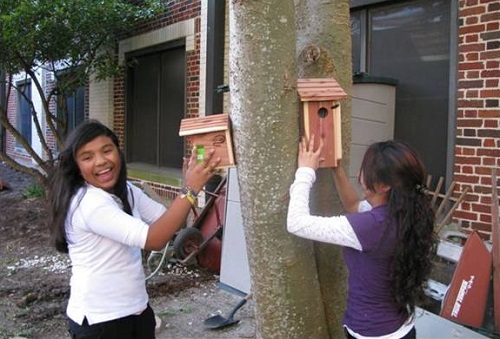
A large, diverse Title 1 public school and a small, private school in Houston both use PLT’s GreenSchools program to meet the needs of students.
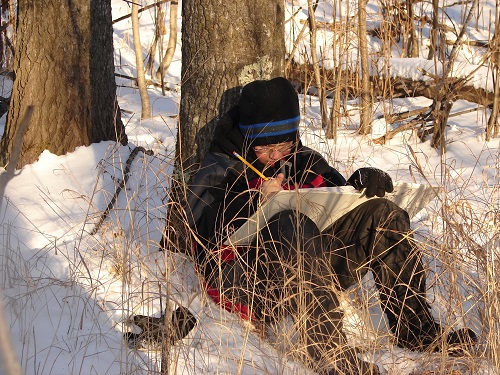
There are lots of reasons to learn outside. If you are thinking about trying out teaching in the outdoors, check out these tips.
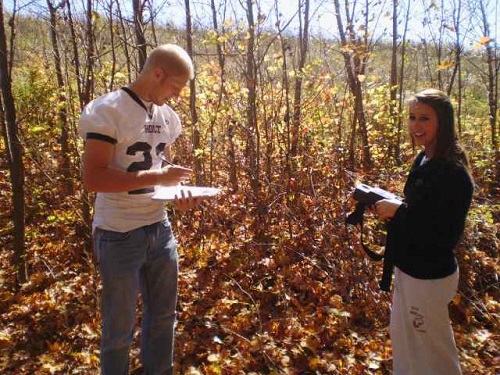
Try these teaching ideas to provide students with different learning styles and abilities multiple avenues to acquire and process content.
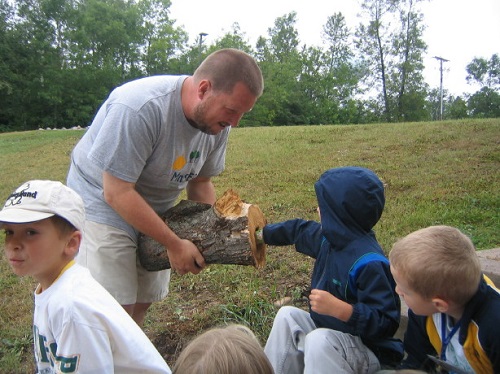
Nature helps children’s development–intellectually, emotionally, socially, spiritually, and physically. Studies show that teaching outdoors produces student gains in social studies, science, language arts and math.
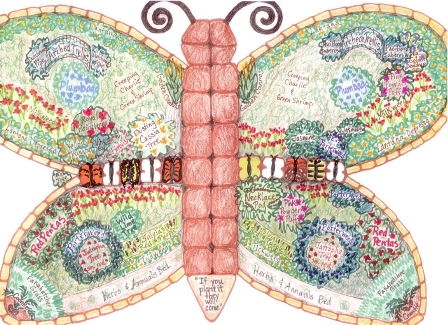
Sixteen schools across the country participated in the MonarchLIVE project to build butterfly gardens. Here are the stories of three of those schools.
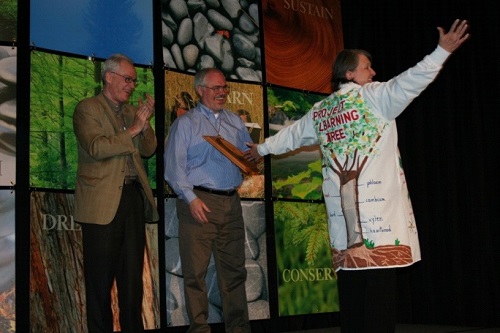
Create your own painted lab coats! These powerful visual tools engage students in learning about science and the environment.
Debra Wagner uses PLT activities in her fourth grade at St. Paul Lutheran School in Lakeland, Florida, and helped her school become PLT-certified.
Amber Hodges is a project associate for the Virginia Cooperative Extension in Roanoke, Virginia, who provides programming to about 1,800 K–12 students per year.
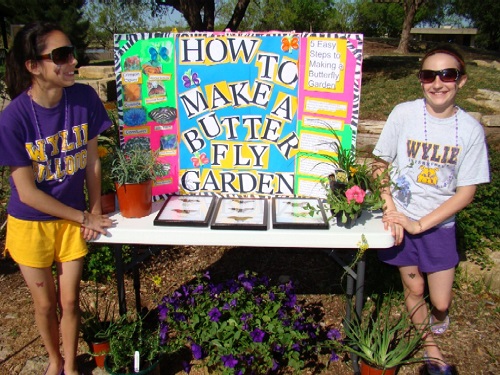
A successful service-learning project is more than just volunteering—it involves students applying knowledge and skills to make a difference in their communities.